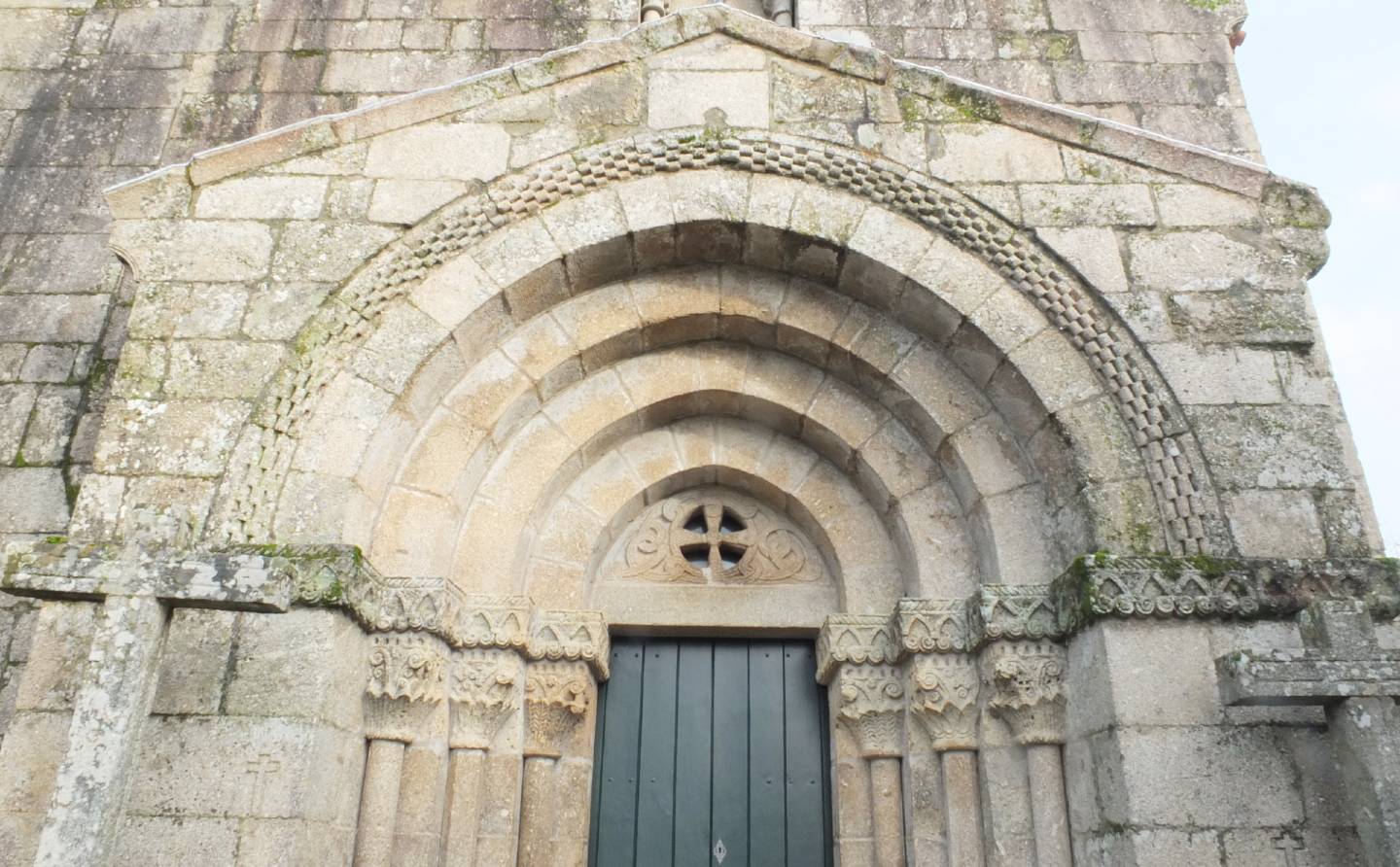aAn excellent example of the national Romanesque style, the Church of Salvador do Unhão stands out for the chronography it contains and preserves in its structure.
From the initial experiences of this church we can witness the beginning of worship through the dedication inscription, celebrated by the Archbishop of Braga D. João Peculiar on January 28, 1165, and identify the master of the work, Magister Sisaldis.
The western portal, from the 13th century, celebrates the beauty of Romanesque sculpture with its capitals with vegetal decoration.
Even on the outside, the reforms carried out in modern times are perfectly identifiable, where the new modifications profoundly alter the morphology of the medieval buildings, even though many of them still coexist together today, such as the corbels and medieval windows that coexist with the rectangular windows of the modern era.
Inside we can see the marks dictated by the new liturgical requirements advocated in the Tridentine reform, more illuminated, with altarpieces carved in the national style, a unique pulpit and the unique image of Our Lady of the Milk in polychrome limestone.
This church has been classified as a Public Interest Asset since January 5, 1950.

 Felgueiras, Northern Portugal
Felgueiras, Northern Portugal






 Igreja do Salvador do Unhão
Igreja do Salvador do Unhão 



